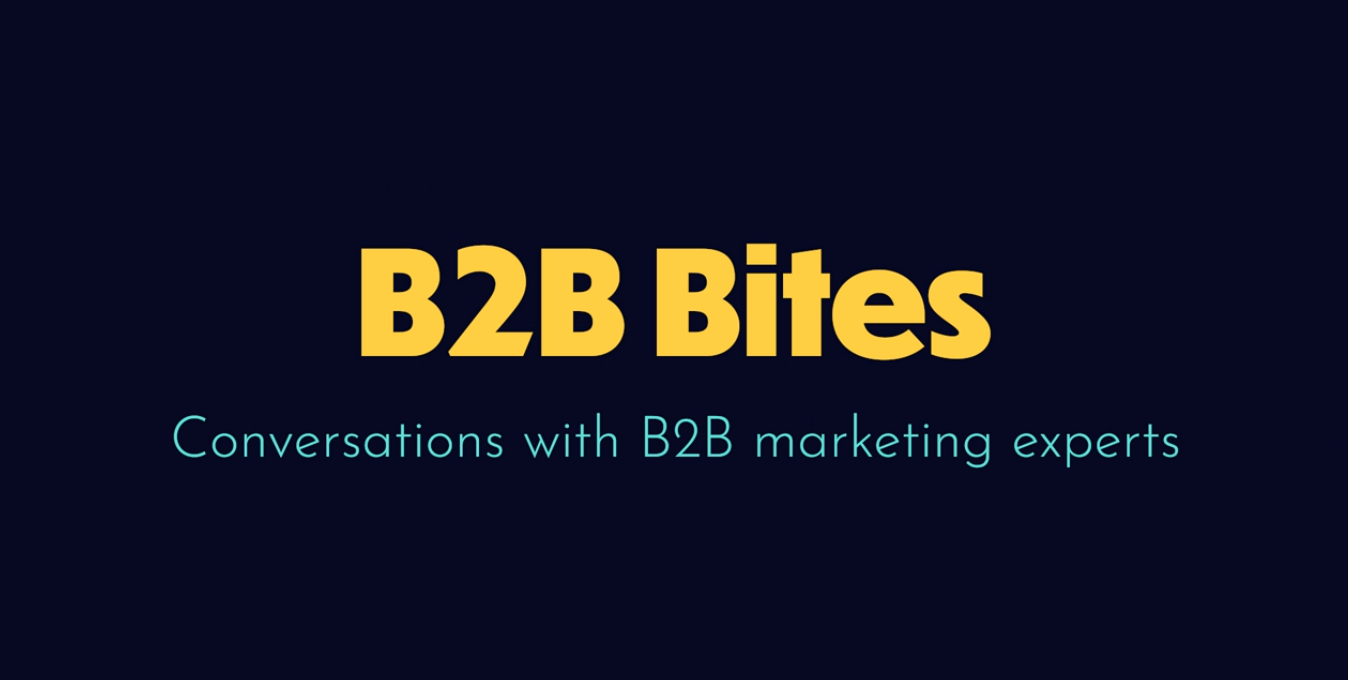Background
When we set up our B2B marketing agency Squaredot in 2015 the word from the wise was that content marketing was the way to go. And who were we to argue, a new kid on the block, we looked to other B2B agencies and thought leaders for direction and advice and they were doing content marketing in spades and waxing lyrical about the results.
The mighty Hubspot were and still are peddling their message to create more content. "Build it and they will come."
The lead generation template was to conduct buyer persona research, understand what their challenges are, where they hang out online, and what content they are interested in. Couple this with answering questions they have at each stage of the ‘buyer's journey’ and you’ll have your audience putting their hands up for your content in no time, not to mention the sales you’ll close.
This all made sense to us, we had seen it in operation before we set up Squaredot and believed it would work for us and for our clients.
So off we went, the good boys and girls that we are, we researched the buyer, understood our clients’ markets, created impactful content and distributed it to the channels that our target persona’s hung out on.
As we ran more and more campaigns for ourselves and clients the results were mixed. We were doing all the things that our more experienced marketing colleagues were doing, we were getting results but not in the volumes that we were led to believe would be realised.
Something was up
Most of our clients were small businesses, and in a lot of cases investing in marketing was a new venture for them and they wanted a return and quickly. And by return they meant closed won business. They also wanted results fast, like within 3 or 6 months and were disappointed when they didn’t arrive in volume.
We also noticed that bigger, more established B2B brands we worked with had significantly better results with the same effort. B2B brands that had a longer track record, and had been doing various forms of B2B marketing including content and digital campaigns performed much better than smaller newer B2B businesses.
Something was up, why were there so many agencies shouting about their results from the rooftops and companies like Hubspot waxing lyrical about the results their clients were having.
On our 4 year journey in Squaredot we constantly asked what we could do to improve our own results and our clients, we tried variations of the activity we were doing and some new tactics along the way.
Eureka!
During our many conversations and deliberations, our Creative Director in particular was asking what are we doing to build our clients' brands. What are we doing to ‘advertise and brand their content’ which were valid questions, and something that required further investigation.
These questions coincided with an event I attended delivered by the Marketing Institute of Ireland where a talk was given by Peter Field of the noted British researcher duo Les Binet and Peter Field.
Binet and Field are most famous for The Long and The Short of It, a popular 2013 book published by the UK’s Institute of Practitioners in Advertising (IPA) that recommends specific best practices in balancing short- and long-term marketing strategies. The two updated their findings in a presentation at EffWeek in London last year.
At the MII event Peter Field presented findings from their extensive research of over 500 brands. Some had invested their marketing budget on brand building only, some on activation (lead generation) only, and others had split their budget between brand building and activation. The conclusion of the research was that brands that split their budgets between brand building and activation out performed the others. Companies that focused on brand building only came in second with companies who focused on activation (lead generation or offers) only coming in third.
The research didn’t say whether it was B2B or B2C, so I assumed it was both. At the time I thought it would be great to have the B2B only version of this and wondered did it exist. As luck would have it, LinkedIn commissioned Binet and Field to study the same issues in a B2B context. The two presented their results at a private LinkedIn event in New York City a few weeks ago, 22 May 2019. LinkedIn exclusively shared the major findings with Samuel Scott and The Drum in advance of a planned public release later this year. The new research uses Binet and Field’s prior methodology but isolates the B2B case studies in the IPA’s databank.
The findings validated Binet and Field’s prior research which advocated a general best practice of allocating, on average, 60% of spend towards long-term brand building and 40% towards short-term activation. The most significant difference in Binet and Field’s new B2B research is that, on average, the divide is reversed but a little more equal. Activation – or lead generation, in B2B terminology – should get 54% of spend while brand building should receive 46%.
“B2B is a bit more rational, a bit more activation-heavy,” Binet said.
This is very interesting to us, in that when we look at the results we generate for our clients the clients that perform the best with roughly the same amount of effort, distribution channels and content quality are the ones with the best, or most established brands. The ones that struggle are small, relatively new B2B tech brands making their first move in the market.
Conclusion
With this research, we can conclude that the reason our content marketing efforts were performing best with more established brands is that content marketing/lead generation/inbound marketing/activation, whatever you want to call it works better when you have already established a strong brand. When you have a strong brand you have built trust in your market so layering lead generation campaigns on top of a strong brand has a great chance of success.
I had also seen this whilst running B2B Marketing for Mobile Telco Three. Launching a B2B content marketing campaign with a brand like Three with 00,000’s of website visits per month, great brand awareness and a number of ongoing consumer and business brand campaigns running was like throwing petrol on the fire. When you’re a B2B tech company starting out, running your marketing is like starting a fire with wet kindling and one match.
What does this mean for CMOs and CEOs
The problem with CEO’s of small tech companies and B2B Tech CMO’s and marketers is that they are fixated on leads and ROI and are rarely aware of or interested in brand building. B2B tech CMO’s will get that brand building is important, however they are typically under so much pressure to deliver leads that they take their eye off or ignore brand building in the quest for lead generation activities.
In addition to this, if you say that it’s going to take two years to build your brand their answer could well be that if they don’t win business in that time they may not be around to reap the rewards of these brand building efforts.
The Solution (small but mighty campaigns)
If you look after marketing for a smaller brand you have a bigger challenge. You need to split your budget too, but you have less of it to split and you are under pressure to generate leads.
Our advice in this scenario is to make sure your sales team are selling like the always did, lets face it, if your company is alive you’re generating sales. Assess where the best leads are coming from and do more of that lead generation activity.
To make a mark brand building, try this - pick an event or a piece of research to conduct, go all in on it, partner with an industry body to promote the heck out of it and own it. We are a small business and do something similar with our Irish B2B Digital Marketing Survey. This works very well to build our brand amongst our target audience of Irish B2B CMOs and marketers and generates qualified leads.
The Solution (big and beautiful campaigns)
If you’re a CMO of a bigger B2B brand with larger budgets you don’t have to worry, just be sure to apportion 54% of your budget to lead gen and 46% to brand building and make sure your brand building campaigns appeal to your targets emotional side.
In conjunction with your lead generation activations, plan and execute a campaign to help build your brand. We recently launched such a campaign for our client, Origina. They are the world’s leading, independent, third party IBM software support specialists. Their only competition is IBM themselves. Their challenge was to disrupt the market, get their message heard, and introduce more personality into their brand and do it all on a limited budget. While the campaign has only just launched, the early signs are hugely encouraging with over 200,000 full video views for minimal ad spend in just over 8 weeks.









